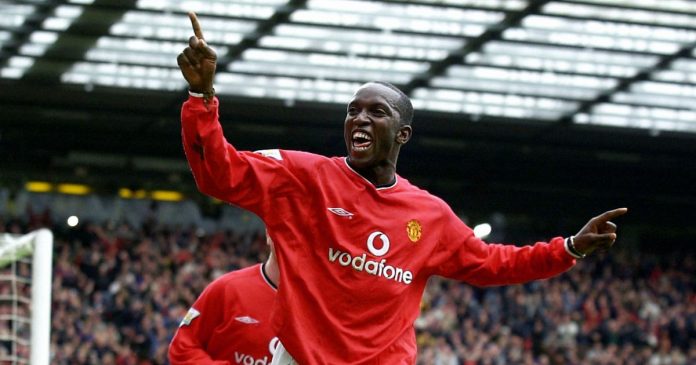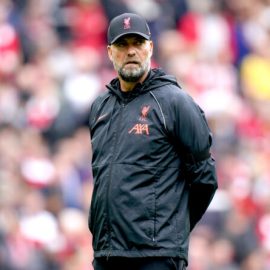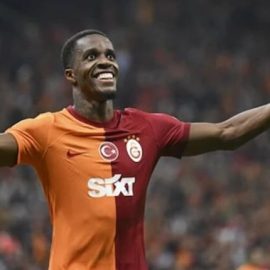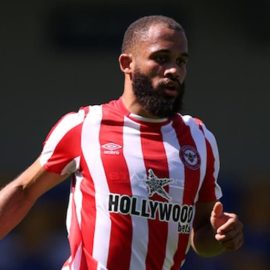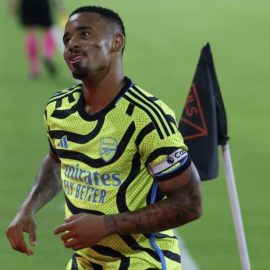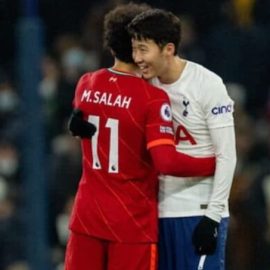Manchester United are now a truly global club, both in terms of fan base and professional reach. This has been exemplified this week by the five young Brazilian players who have visited Old Trafford from Desportivo, their Brazilian feeder club, their proposed link to FC Twente which has been mooted this week, and the 17 nationalities currently represented in their first team squad.
United’s multinational networking hasn’t always been so far-reaching. The foundations for their global network were laid far closer to home, in the form of a link with Belgian club Royal Antwerp, now into it’s 13th year. Traditionally one of Belgium’s most successful and best supported clubs, they have fallen on hard times recently, but represent an ideal place to send young players, especially non-EU imports.
The reasons for this are twofold. Firstly, the Belgian Second Division is not the highest of standards, meaning that youngsters sent there will get plenty of playing time. Secondly, citizenship laws in Belgium are especially lax. A player who is resident there for two years gains a Belgian passport, thereby becoming an EU citizen and bypassing work permit laws. It would take five years for a player based in England to achieve the same.
Since Danny Higginbotham became the first player to go there in 1998, no less than 30 other players at various levels of the Manchester United setup have spent time at Royal Antwerp. Where are they all now, and can the link be considered a success? Could you put out a decent team consisting of Royal Antwerp loanees?
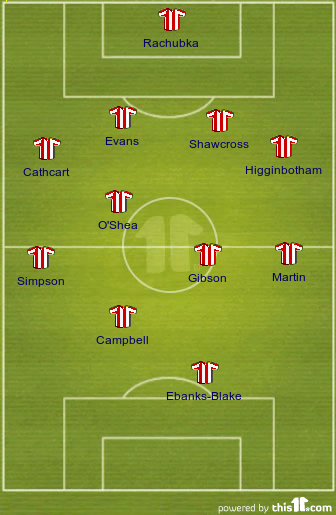
Very much so, as it turns out. Almost an entirely Premiership XI. With the exception of Lee Martin, every player in that XI currently plies their trade in the Premier League, with three of those first team regulars at Manchester United. Indeed, Gibson and O’Shea formed the central midfield pairing for United’s recent 2-0 victory against Arsenal in the FA Cup. Four of those players have gone on to win international caps.
Going on loan to Antwerp isn’t a golden ticket, however. Lee Martin and Luke Chadwick are two players who enhanced their reputation greatly whilst at Royal Antwerp, but both have seen their careers flounder since. Martin won the Royal Antwerp player of the year award whilst on loan, and won five consecutive fan’s man of the match awards.
Chadwick hit 7 goals in 36 games as he inspired Royal Antwerp to the Second Division title, and came straight into the first team reckoning upon his return to Old Trafford, eventually managing two Premier League goals. Although he has now dropped into League One, he is the reigning MK Dons player of the year, so has carved himself a successful lower-league career.
Others to have done so include former reserves captain Alan Tate, who has notched 200 appearances for Swansea City, and David Fox, who is currently first choice at promotion-chasing Norwich.
Antwerp has also been used to blood foreign players, but with far less success. Dong Fangzhuo was a player who arrived at Manchester United with great expectations amongst some supporters. The assumption was that, having paid a fee that could have risen to £3.5m for an unknown Chinese player, they must have somehow uncovered the Peking Pele.
In reality, Dong spent two years at Antwerp awaiting a work permit, and winning the Belgian Second Division’s golden boot was as good as it would get. Upon his return to Old Trafford he was exposed as a lumbering no-hoper and can now be found plying his trade in the Serbian top flight. Dong, now 26 and just off the back of a 801 day goal drought, has never scored a top flight league goal for any club.
Another young foreign player who spent a long time at Antwerp was Togolese winger Souleymane Mamam. Snapped up by United at 16, he was farmed out to Antwerp to win a work permit. However, his progress stalled and he ended up making almost 100 appearances over four years on loan.
When his United contract was not renewed, he joined Antwerp permanently, but fell out of favour, and then further down the league ladder. Questions have since been asked about his genuine age, with his international debut coming in a World Cup qualifier when he was reputedly just 13 years old. This would go some way towards explaining his prodigious youth performances.
England lags behind the continent in terms of feeder clubs. The great Barcelona team that is currently sweeping all before them was crafted almost entirely at La Masia, the club’s training ground, where Valdes, Puyol, Pique, Busquets, Xavi, Iniesta, Pedro, Messi and Bojan all learned their trade. With Thiago Alcantara and Jeffren waiting in the wings, the production line shows no signs of abating.
The key difference between the Barcelona “B” side, which exists in the place of a reserve team in Spain, and an English reserve side, is that they play in the regular league structure. Barcelona “B” are currently 4th in the Spanish second tier, with their players gaining valuable experience every time they pull on their shirts. Unlike the vast majority of their Premier Leaugue colleagues, Manchester United enjoy a similar facility with Royal Antwerp.
Whilst Manchester United’s link with Antwerp has only sporadically produced first team players at Old Trafford, there is a rich tradition of young players moving there as a finishing school before embarking on long lower-league careers. With Ferguson less likely than ever to give youngsters a first team chance, a loan to Antwerp has proved to be the best thing to happen to many of Carrington’s young products.
If United can enjoy the same level of success with their proposed link with FC Twente, then it will be worth it’s weight in gold.
Red Ben can be followed on Twitter @fivecantonas.
Add Sportslens to your Google News Feed!
